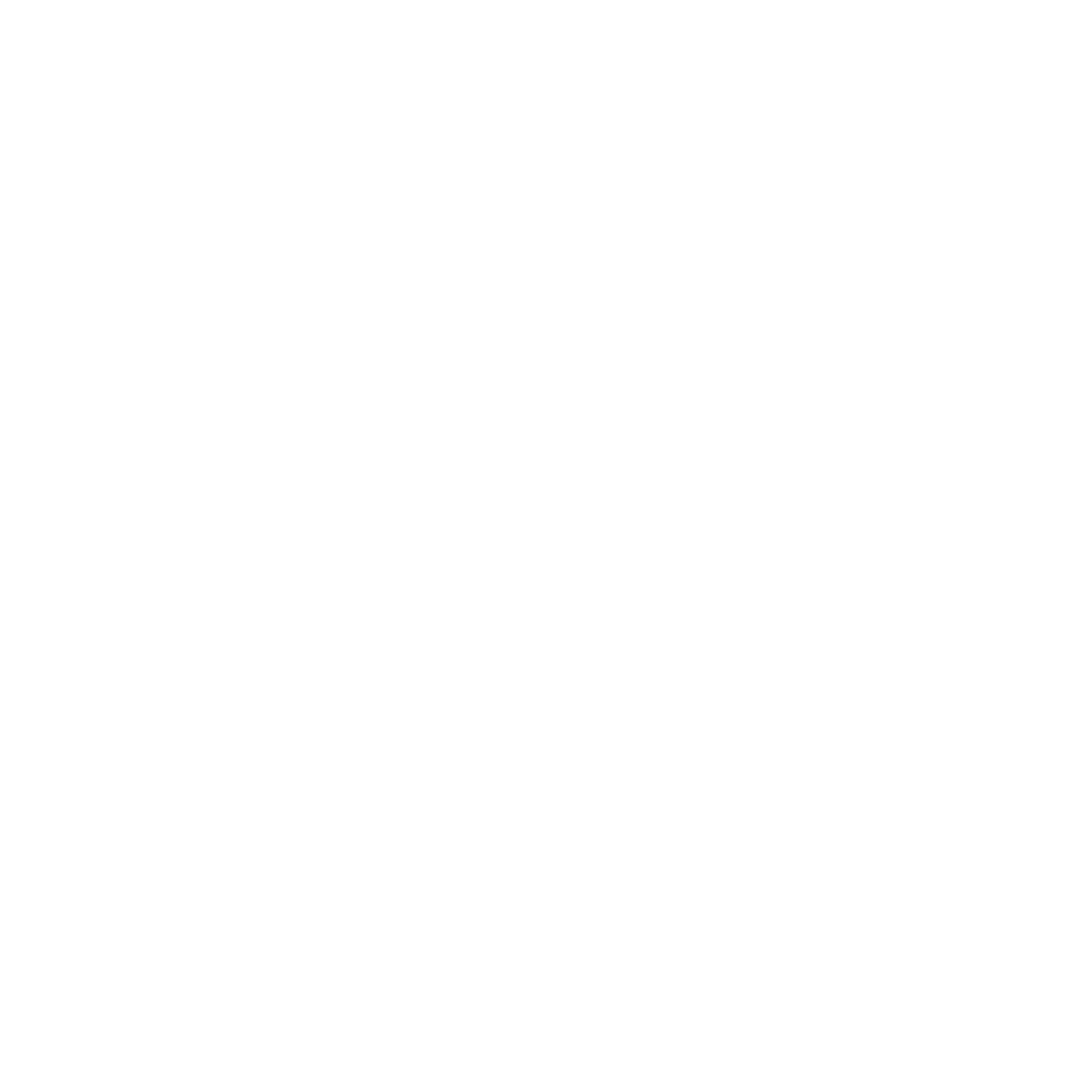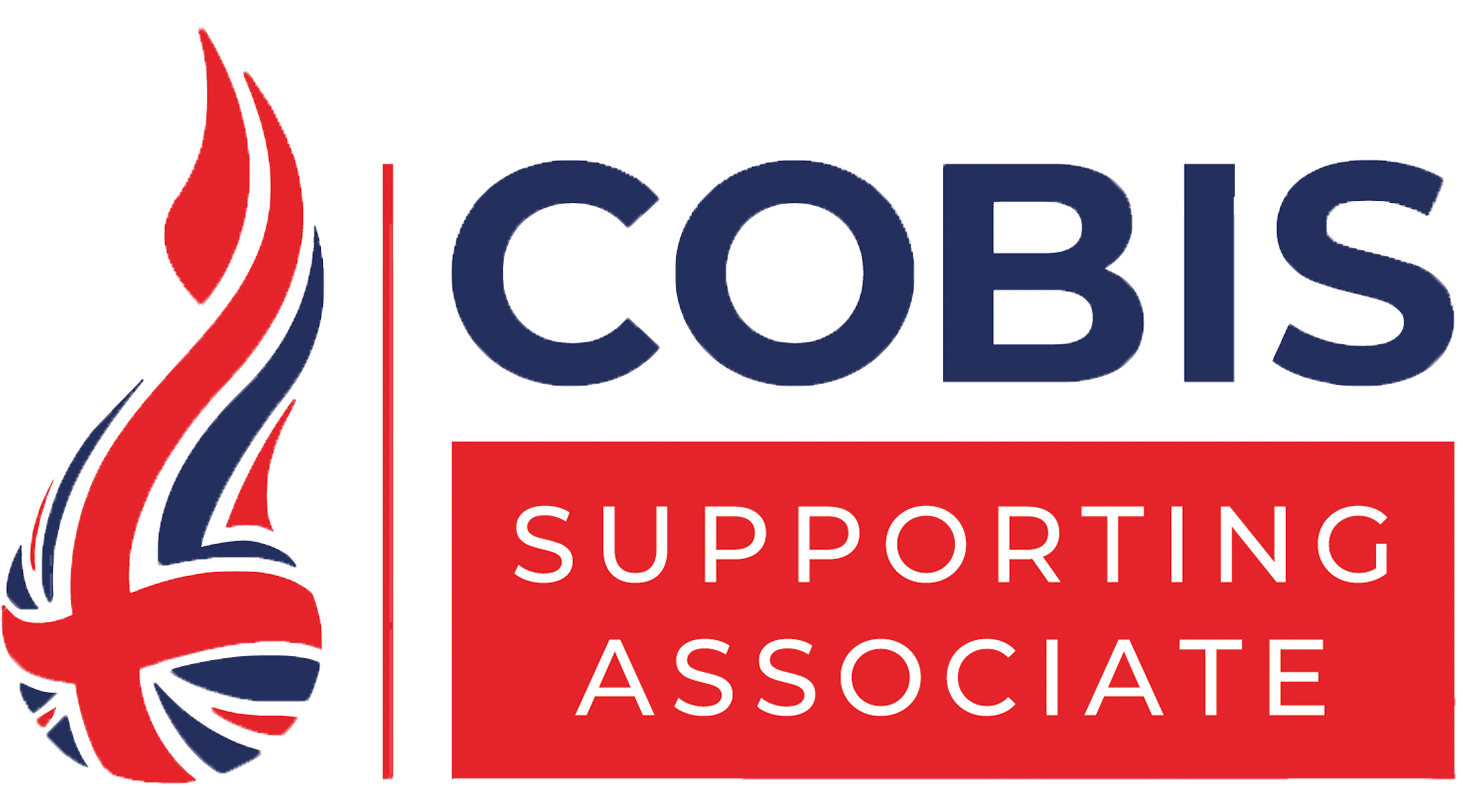Despite earlier improvements, the disadvantage gap in Britain (and elsewhere) has stubbornly persisted—and lately even worsened. Disadvantaged students, whether defined by the government’s technical definition or more broadly, tend to have lower attainment levels than their non-disadvantaged peers (Tuckett et al., 2022). Schools not only have a legal imperative, but a moral obligation to raise the attainment levels of disadvantaged students.
This is, of course, hardly surprising to most people active in the education sector. It has been the subject of countless media reports, government documents, and scholarly articles for some time—and particularly following the disruptions of the early 2020s. School leaders and teachers know the situation and do actively want to correct it.
But what are the strategies to help disadvantaged students? What can leaders or teachers implement on a school, class, or individual level to raise the attainment and close the disadvantage gap (a.k.a. the “achievement gap” or “education gap”)?
After all, this is what evidence-informed practitioners tend to do: identify a “problem” (which, in a broad sense, is just something that can be improved) and implement a strategy (or intervention, approach, policy, etc.) seeking to fix it. For example, a teacher whose class struggles to settle may adapt a set of routines. Cues can be used to aid novice students’ retrieval of new material. For every dimension and element of the Model for Great Teaching, there are strategies, interventions, and techniques that can be appropriate to improve outcomes.
Do such strategies exist that can target disadvantaged students and close the disadvantage gap?
This is perhaps a misleading or misdirected question. Yes, there are targeted strategies that increase students’ attainment! However, academic strategies that tend to be most effective are adapted to fit to specific context and causes. On paper, for example, it may seem logical to provide all disadvantaged students with an additional hour of reading and literacy instruction. This may make sense on a large scale, but it ignores the individual needs of the specific disadvantaged students in a class—and possibly also ignores the needs of non-disadvantaged students in a class.
Such a targeted academic intervention may ultimately be appropriate in a specific situation! But doing so simply because students are disadvantaged is not an intervention that is adapted to the context. It is like holding a race and determining that the last three finishers are dehydrated and need sports drink. Maybe they are, but the fact that they are last should not be the key indicator—and indeed the other race participants may be dehydrated too.
Similarly, strategies that are aimed at raising students’ attainment must respond to the actual needs of students. That said, a good place to identify these actual needs is by starting with disadvantaged students. This does not suggest a one-size-fits-all strategy for disadvantaged students.
(There is, however, burgeoning evidence that providing lump sums of “no-strings-attached” cash to highly-disadvantaged families has positive outcomes [e.g., Dwyer et al., 2023]. This treatment of the underlying causes of disadvantage, rather than the symptoms, may translate to improved attainment levels. Hopefully future school budgets will allow this to be a viable strategy and a subject of its own blog article.)
The EEF, in their Guide to the Pupil Premium, makes a point that the first step in a school’s Pupil Premium strategy is to diagnose students’ actual needs. Where exactly does this gap exist? What is the cause? What evidence supports this? This then should guide implementation of strategies that can benefit all students who need them.
Consider again the original question of targeted strategies. It is misdirected for a further reason—while there may not be targeted strategies specific for disadvantaged students, there is a strong blanket approach schools may adopt. Developing high-quality teaching is an effective approach that benefits all students, and one that supports additional targeted strategies.
Effective teaching has one the largest impacts on student outcomes—and is one of the few factors that schools can actually influence (Chetty et al., 2014; Hattie, 2003; Rivkin et al., 2005; Rockoff, 2004). In fact, high-quality teaching makes up the first “tier” on the EEF’s Pupil Premium guide, with it going so far as to say, “Investing in high-quality teaching should rightly be a top priority for Pupil Premium spending” (2023).
Investing in professional development is key for any school interested in supporting disadvantaged students and working to close the gap. Professional development that moves beyond “tips and tricks” and seeks to develop professional practice can result in teachers who know, do, and believe in practices that increase student learning (Coe et al., 2020).
Not only does this benefit all students, but high-quality teachers are also particularly aware of low-attaining students (especially when they are from a disadvantaged background). Such teachers create a supportive environment by understanding students’ needs; to that end, they create a climate of high expectations. They can use assessments and evidence from a range of sources to identify the learning needs of their students. They implement strategies and techniques that are aligned to students’ prior knowledge and expertise. They know what effective practices are and how they can become demonstrably more effective themselves. (Coe et al., 2020)
There is no single targeted academic strategy that schools can implement that will close the disadvantage gap. But they can invest time and energy in their teachers, which in turn benefits student outcomes—including those of disadvantaged students.
The Great Teaching Toolkit is an online platform built on the Model for Great Teaching. It offers professional development for teachers to develop their professional practice and is based on the best available evidence on what effective teachers know, do, and believe. The Toolkit helps teachers to set specific goals, build their understanding, develop their skills, and embed effective habits. The platform incorporates courses, feedback tools, collaborative approaches, resources, and more to make professional development accessible and personalised.
The first tier of the EEF’s Guide to Pupil Premium highlights the importance of investing high-quality teaching. The Great Teaching Toolkit is an outstanding resource for schools looking to invest their Pupil Premium strategy in an evidence-informed approach that can improve student outcomes for disadvantaged and high achieving students alike. Download an information pack or book a demo today!
References and further reading
Chetty, R., Friedman, J. N., & Rockoff, J. E. (2014). Measuring the Impacts of Teachers II: Teacher Value-Added and Student Outcomes in Adulthood. American Economic Review, 104(9), 2633–2679. https://doi.org/10.1257/aer.104.9.2633
Coe, R., Rauch, C. J., Kime, S., & Singleton, D. (2020). Great teaching toolkit: Evidence Review. Evidence Based Education. https://evidencebased.education/great-teaching-toolkit/
Dwyer, R., Palepu, A., Williams, C., Daly-Grafstein, D., & Zhao, J. (2023). Unconditional cash transfers reduce homelessness. Proceedings of the National Academy of Sciences, 120(36). https://doi.org/10.1073/pnas.2222103120
Education Endowment Foundation (EEF). (2022). The EEF guide to the Pupil Premium. https://educationendowmentfoundation.org.uk/education-evidence/using-pupil-premium
Hattie, J. (2003). Teachers make a difference: What is the research evidence? ACER Research Conference. https://research.acer.edu.au/cgi/viewcontent.cgi?article=1003&context=research_conference_2003
Tuckett, S., Hunt, E., Robinson, D., & Cruikshanks, R. (2022). COVID-19 and disadvantage gaps in England in 2021. Education Policy Institute. https://epi.org.uk/publications-and-research/covid-19-and-disadvantage-gaps-in-england-2021/
Rivkin, S. G., Hanushek, E. A., & Kain, J. F. (2005). Teachers, schools, and academic achievement. Econometrica, 73(2), 417–458. https://doi.org/10.1111/j.1468-0262.2005.00584.x
Rockoff, J. E. (2004). The impact of individual teachers on student achievement: Evidence from panel data. American Economic Review, 94(2), 247–252. https://doi.org/10.1257/0002828041302244
Sulaiman, M., Goldberg, N., Karlan, D., & de Montesquiou, A. (2016). Eliminating extreme poverty: Comparing the cost-effectiveness of livelihood, cash transfer, and graduation approaches. Forum. Washington, DC: CGAP. C.





